Contact Lens
WHAT IS CONTACT LENS?
Nowadays, contact lenses are medical materials made of special materials known as biopolymers, which is capable of correcting almost any optical defects in the eye.
WHAT ARE THE CONTACT LENS TYPES?
Contact lenses are generally divided into two categories.
Soft (hydrogel) and Hard (gas-permeable) Lenses; Newly developed soft contact lenses can correct any visual impairment such as hyperopia, myopia, astigmatism, presbyopia (difficulty in near reading). There are also color soft lenses for cosmetic purposes (for those without visual impairment) or for correcting visual impairment for those who want to change eye color.
Hard Contact Lenses; used in all kinds of eye disorders where soft lens is used. Especially in people with high and irregular astigmatism, it is used in people who do not have good vision with glasses due to the irregular cornea structure called keratoconus.
Hard lenses are more difficult to get used to, however, are less likely to get infected!
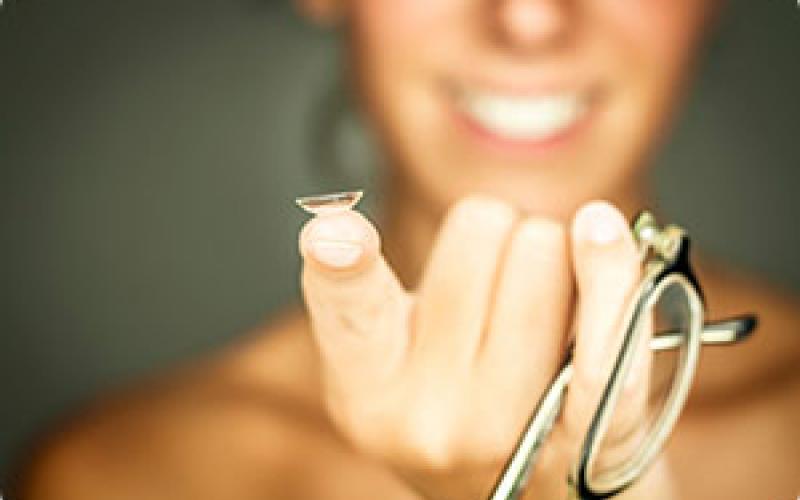
HOW CAN YOU CHOOSE THE RIGHT CONTACT LENS?
Your ophthalmologist will ask you a few simple questions and determine the lens that suits your eyes and lifestyle. Your doctor will inform you of your options and will perform an eye examination before giving your trial lenses. Besides, your ophthalmologist will inform you on how to use (wearing, removing) contact lenses and how to clean and care for your contact lenses.
HOW TO USE CONTACT LENS?
As a result of the examination by the ophthalmologist, it is necessary to determine whether or not the eye is suitable for contact lenses, and which features are suitable (lens diameter, strength, duration of use, etc.).
Always take your contact lenses after a doctor check.
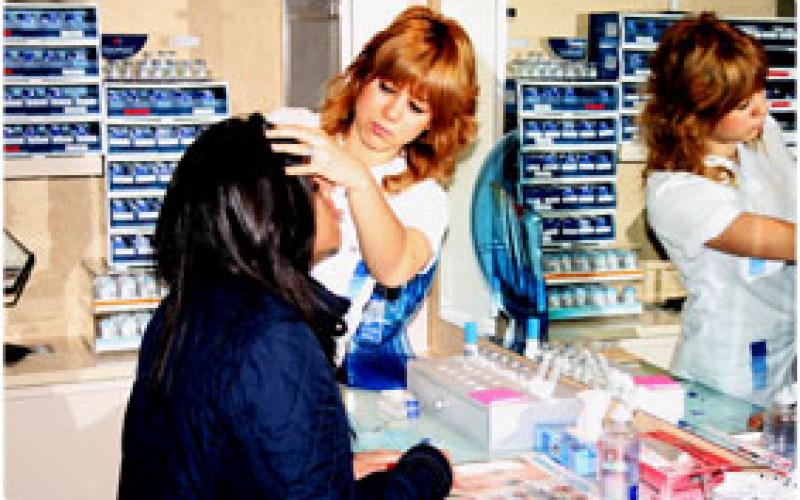
Wearing: After placing your soft lenses at the tip of your forefinger, open your eyelids thoroughly. While doing this process, use your other hand's index finger and thumb. Place your contact lens into your eye by using your index finger.
Removing: Open your eyelids in such a way that you are wearing the soft lens. Then hold the lens between your index and thumbs and remove it from your eyes by bending it gently. Persons using contact lenses are required to be regularly under the supervision of an ophthalmologist. (Visit your doctor at six month intervals.)
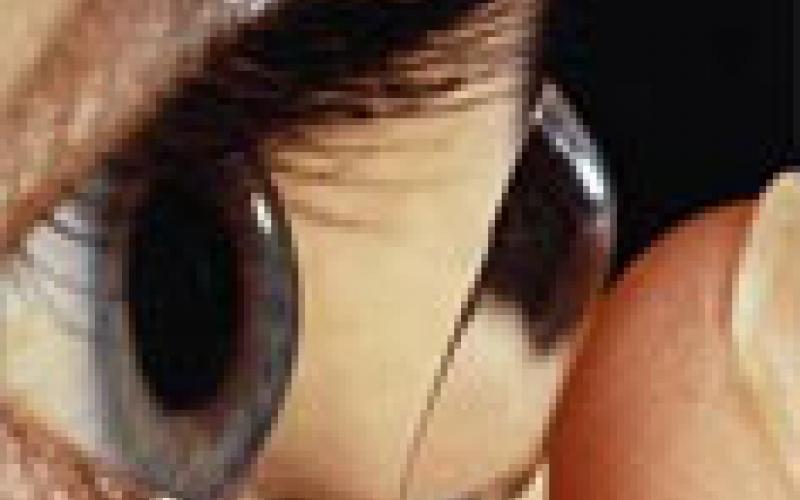
- Be careful not to exceed the eye contact time recommended by the ophthalmologist.
- Do not use eye drops other than those recommended by your doctor when your lenses are in your eyes.
- Contact lenses should be maintained regularly and the lenses should be disinfected with cleaning solutions (up to the specified holding time) in special containers after removal. Care should be given to maintain your lenses.
- In case of complaints such as redness, stinging, or watering in the eyes, contact lens should be removed and if the complaints continue, an ophthalmologist should be consulted.
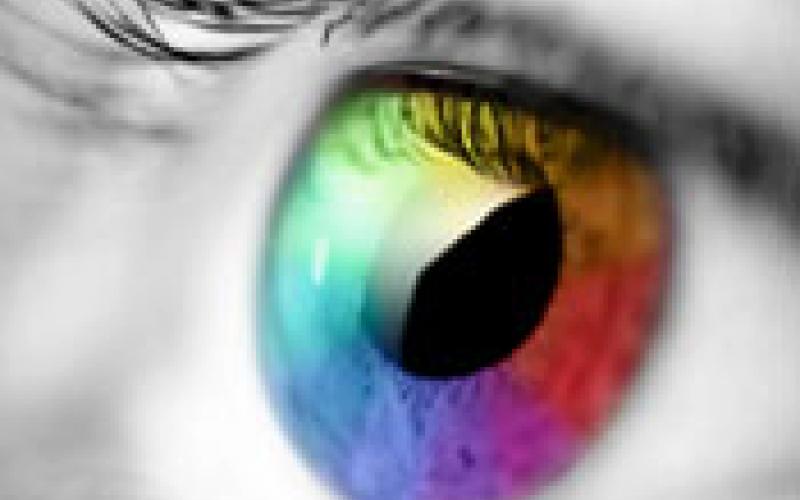
ADVANTAGES OF USING CONTACT LENS
- The visual quality achieved by contact lenses is better than glasses in many respects.
- Patients with advanced myopia obtain a more real-sized image with the contact lens compared to glasses and thus providing a clearer view.
- They provide a natural and wide field of view not limited to the spectacle frame.
- They allow for easier sporting activities.
- Misting with goggles and the difficulties of using goggles in rain and snow are avoided.
Report your complaints to your doctor without delay!
WHAT YOU NEED TO KNOW ABOUT THE USE OF CONTACT LENS
- It is essential to follow your ophthalmologist's advice for proper use and care of contact lenses, lens care products, including the lens case. Problems with contact lenses or lens care products can cause serious eye damage.
- Except for the comparison of daily users who wear lens at night with long-term users who only wear lens during the day, the risk among long-term users is 10 to 15 times greater than daily users’.
- When inserting and removing contact lenses, it is essential to observe the hygiene rules.
- Don't let someone else wear your lenses. Sharing lenses increases the probability of eye infections.
- NEVER use tap water for your lenses or lens box.
- Always keep your glasses available to avoid wearing your lenses when lenses should not be worn.
- For contact lens maintenance during swimming and other water sports, consult your doctor. The contact of water with your Contact lenses during activities (swimming, etc.) may increase the risk of eye infection due to the transmission of microorganisms.
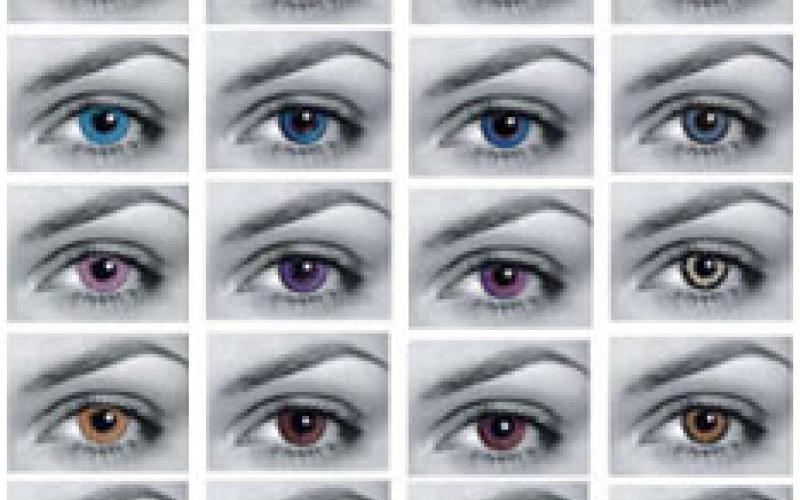
NEW DEVELOPMENTS
A special soft contact lens is also used to correct color vision distortion. This allows patients to resolve problems in professions requiring color tones to be distinguished.

